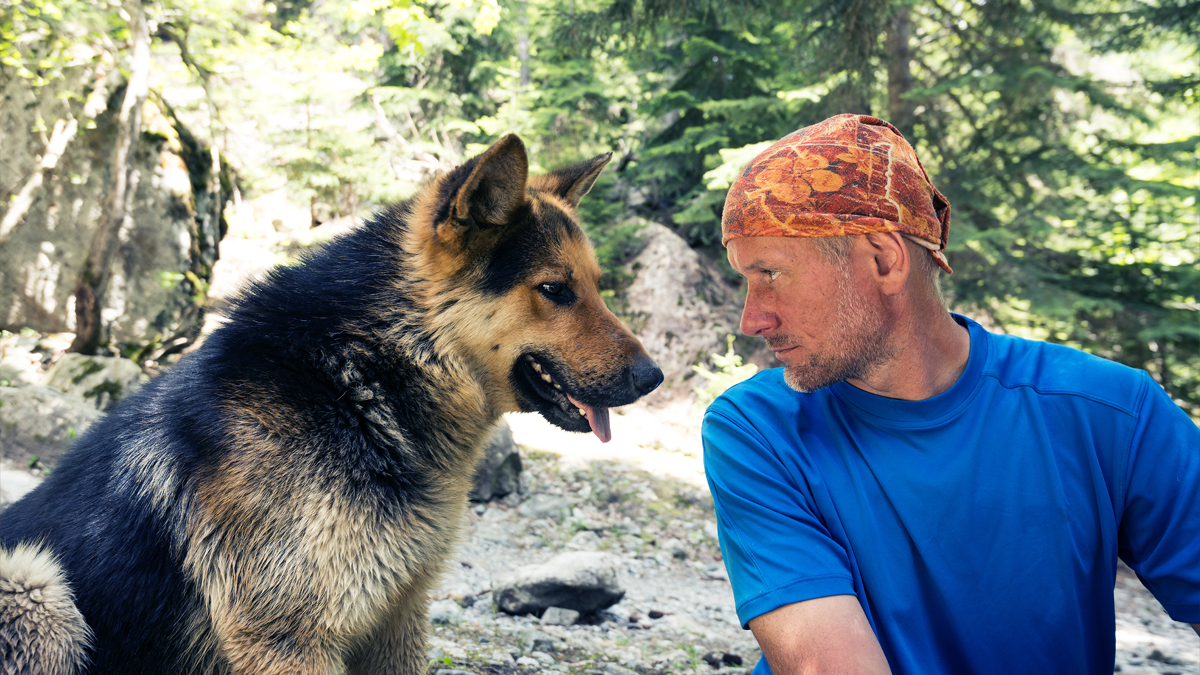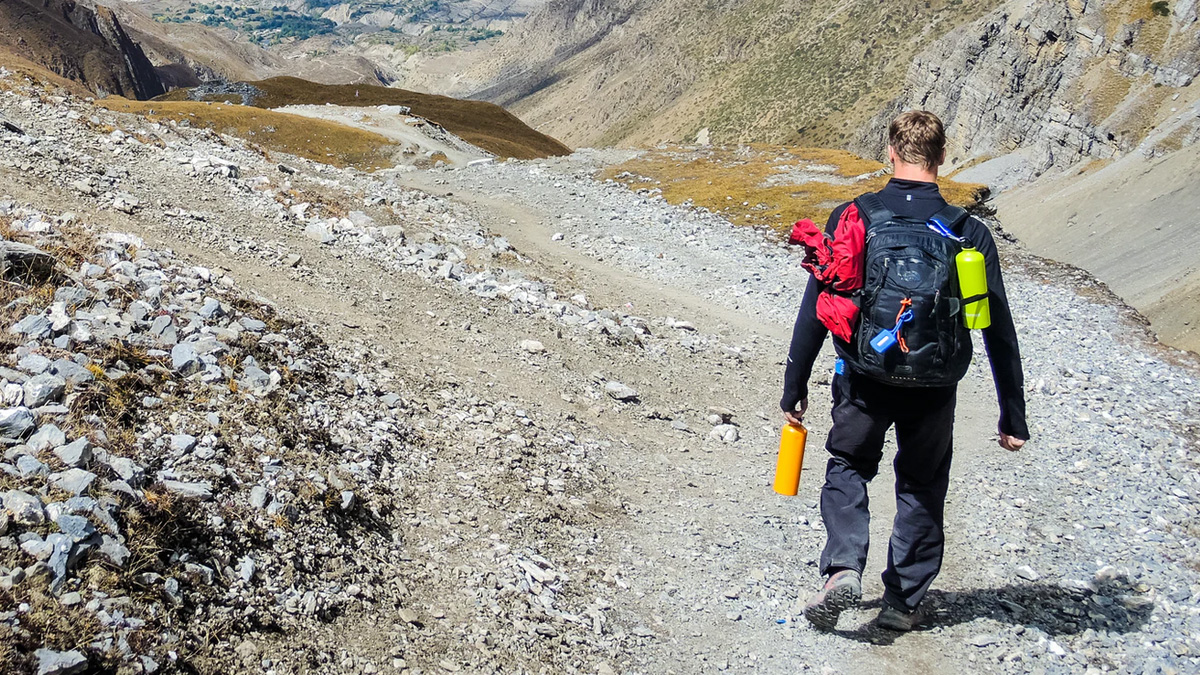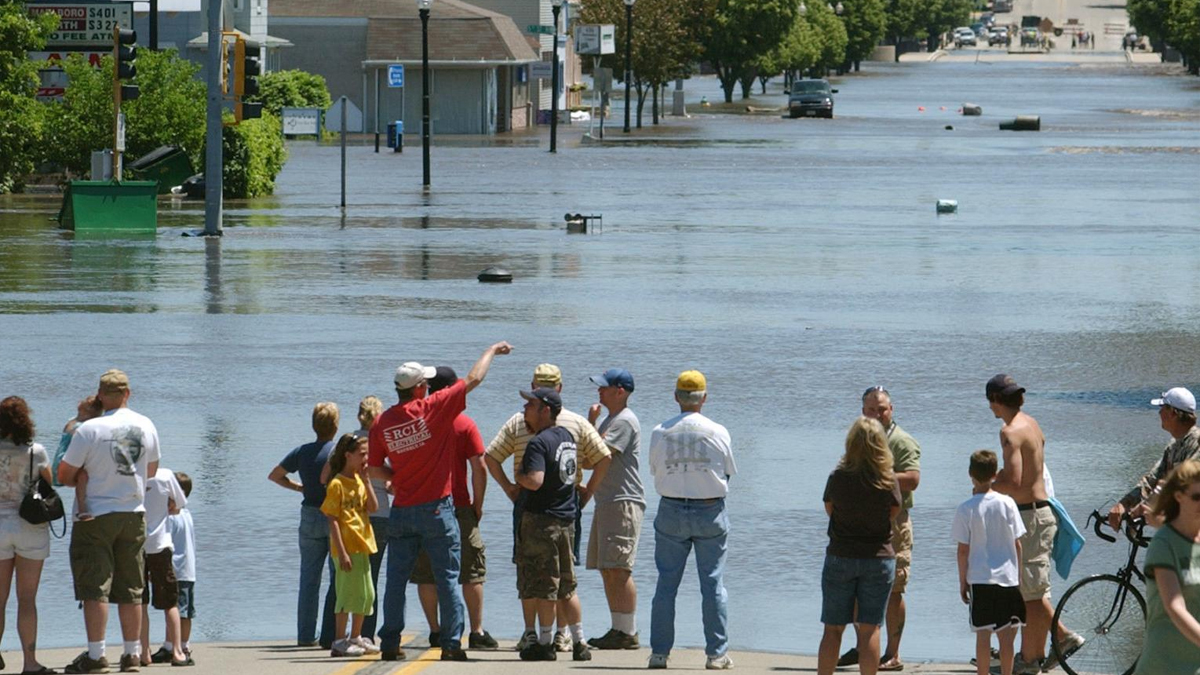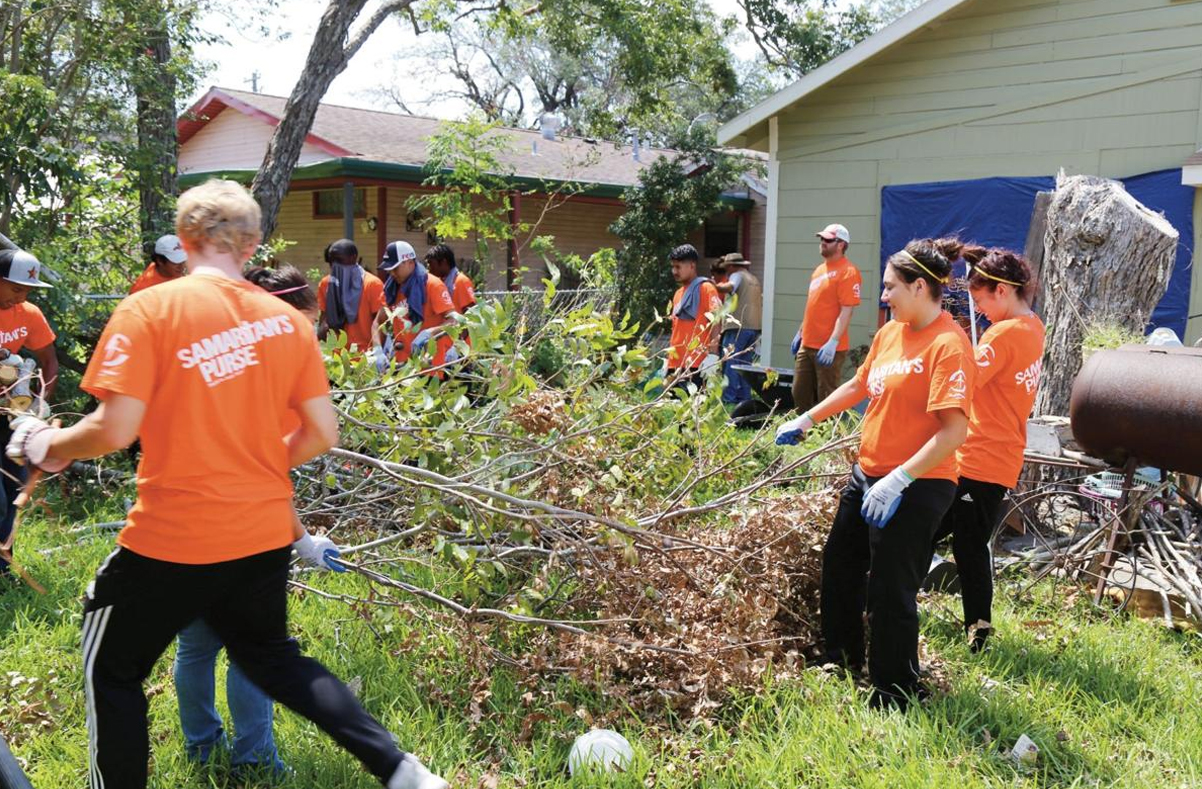on
Just like any other type of preparedness you need to think of the different scenarios you may be faced with when needing to evacuate with your pet(s). Are you likely to only be gone a few days, or is this a case where you may never return to an intact home? Are you leaving by foot or bicycle or is your vehicle running and the roads open? How wide spread is the disaster? And finally, what type of pets do you have?
While pets can be transported as lap animals, it is much safer if they are secured in carriers. They are less likely to be able to dart off in all the confusion, and won’t be thrown about the cabin of your vehicle during a sudden stop.
You need to have your carriers assembled with the appropriate space for the animal(s) to be transported One of our tom cats is a big 25lb boy that doesn’t fit in a standard cat carrier. The time to find out you can’t squeeze them in or you need to assemble the carrier is not when you have been given 15 minutes notice to leave.
Tip: Top loading carriers are the usually the quickest way to load a small animal.
Although there are more pet friendly hotels then there used to be, many still do not allow them. And shelters do not typically allow pets either. Having them in a carrier means they could stay in your vehicle overnight if it isn’t too hot or cold, or you may be able to convince a hotel to take you if you have your pets contained.
Microchipping your pet is one of the best ways to be sure your pet will be reunited with you should they get lost. But having a collar and tags with current information on them is also a very good idea.
You will want to have a copy of shot records with you, in case you end up needing to board your pet(s). I prefer to scan a copy to my Google drive, so I can access it anywhere, and then a hard copy goes into a little plastic document pouch attached to their kennels. This helps keep it dry and readable and readily available even if the power is out. If you use a bigger pouch you can slip in a back up leash.
Try to get your pet(s) used to riding in a carrier other than trips to the vet, so they won’t be so anxious. And your dogs should know and respond to basic obedience commands, or at the very least walk well on a leash.
First aid for pets is similar to that for humans. There are classes offered on-line through the Red Cross or sometimes at large pet stores or vet clinics. Treatment can involve some of the same things that are in your own first aid kit such as sterile gauze pads and vet wrap. Do not use band aids on pets as the adhesive does not hold well. Include Vetericyn Plus® or similar topical antibiotic gel that can be used on all animals. You will also want to include something for pain relief such as Nutri-Vet Aspirin in the correct dosage size for your dog. For cats check with your veterinarian for their recommendations. Do not give human pain relievers to dogs or cats without instructions from your vet to do so.
If you have a larger dog and think you may ever need to evacuate on foot, you might consider teaching them to carry a pack. Then they can pack their own food, water, first aid kit, backpackers tarp and a copy of their vet records in a water proof pouch. You just have to keep the load even on each side of the pack. And of course, you need to practice with your dog ahead of time. Medium sized dogs can usually carry 10-12% of their weight. So a 50lb dog could carry approximately 5-6lbs to start with, and a little more if they a sturdy breed in good shape. Larger sturdy dogs can carry up to 25% of their body weight if they are in shape and have worked up to hiking with that much weight. Also take into consideration the age of your pet, dogs in their prime can carry more than older dogs or puppies.
When it comes to food a medium sized 50-75lb dog
needs at least two cups of dry food a day, if they aren’t working hard. So in their 72 hour survival pack you would
want to have 6-7 cups of food which would be just under 2lbs of kibble. Lightweight collapsible dishes are good for
serving food and water as they don’t way much and don’t take up a lot of space.
Evacuating on foot with a small dog, cat, ferret or other
small animal is going to a be a little harder and require more planning. A small dog can do some walking but will
probably tire quickly and need to be carried.
If they are used to being in a front carrier you can use one, without disturbing
your pack, but you will tire more quickly.
Cats and ferrets do not typically walk on a leash, but can be trained to
it or to riding in a front carrier.
Unfortunately, in a life or death situation the harsh reality is you will most
likely need to leave your pets behind as carrying them along with your own pack
would quickly grow impossible. At least
a larger dog can keep up, and if previously trained carry their own supplies. If you do have to leave your pets, do not
chain them up where they have no option to escape on their own. At least give them a fighting chance to
survive. After the fire in Paradise, CA
several cats were found in surprisingly good shape give the ferocity of the
fire that leveled most of the town. No
one has figured out how they survive or where they were hiding.
If you have other animals, such as chickens, goats, cows or horses you need to have a plan in place for all possible scenarios such as flooding or fire. Do you have the necessary equipment to load them up and move them all at once? Are they easily caught and loaded? What is your plan if you don’t have room for all of them? Who stays, who do you try to take with you? What is your plan if your only way out is on foot and/or horseback?
If you have goats have you considered teaching them to pack? It is easier than you might think. Also there is no need to pack feed for goats, they will find their own along the trail and because they are browsers they like a variety of shrubs and bushes and are not dependent on grass like horses or cows. Remember, pre-plan your evacuation, then field test your plan and then revise it based on what you learned. Share it with other members of your family so everyone knows what to do to meet that 15 minute deadline (and what to do if it is only seconds instead of minutes) Practice evacuation drills at least quarterly so that your animals are also used to them. I have known dogs that learned what the emergency horn meant and would run to where their packs were kept and wait to be harnessed up and taken out. They responded faster than the family’s teenagers!
Get access to premium content and more!
Preparing for a Pandemic
Are You Ready to ‘Shelter in Place’?









